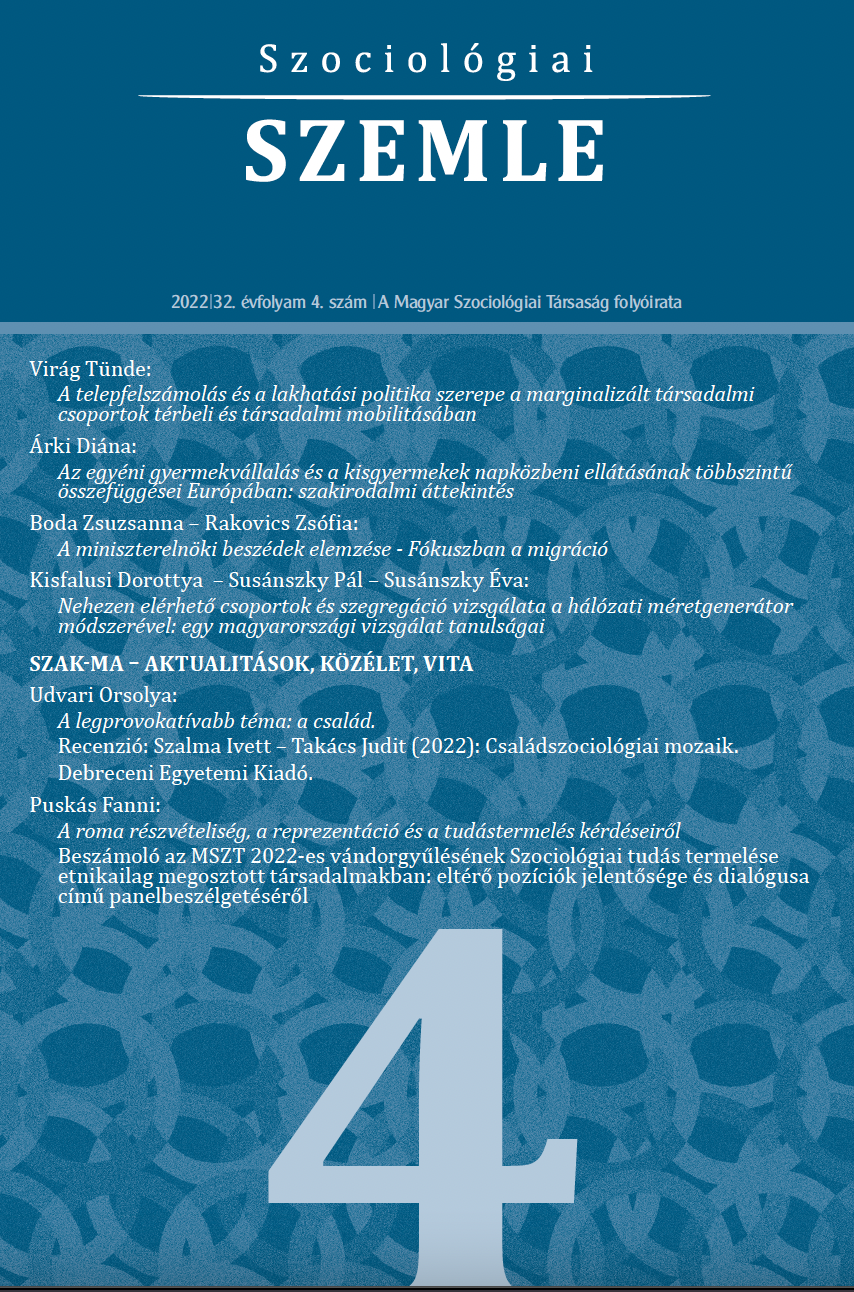Estimating the size of hard-to-reach subpopulations and segregation with the network scale-up method: lessons from a Hungary
Abstract
In this paper, we provide an empirical, descriptive analysis of the social networks of Hungarian society and illustrate how the network scale-up method estimates the size of hard-to-reach subpopulations and segregation of social groups. Based on a representative survey of 7000 respondents from Hungary (HS2021), we first estimate the average size of the respondents’ personal networks. Then, we examine the social fault lines along various social groups and how accurately the network scale-up method estimates the size of these groups (e.g., unemployed, protesters, the Roma, Covid-infected). These estimates are then compared with data from other sources (census data, administrative data, surveys). Our results show that the network scale-up method estimates the size of visible social groups (e.g., the Roma, homeless people) quite well. The visibility of other social groups appears to be much lower. Social fault lines are greatest in the case of homeless people, protesters, and members of NGOs. Finally, we describe recent methodological advancements and summarize our suggestions for future research using this method.





